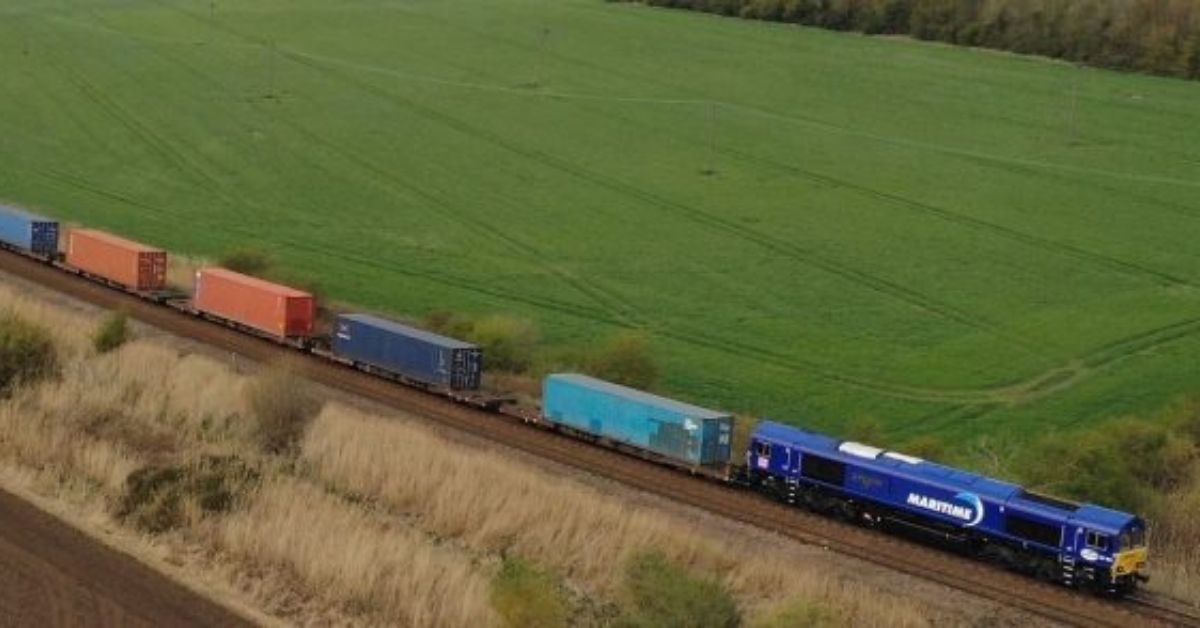Billionaire industrialist Gautam Adani is set to consolidate all rail assets under a single entity, which will remove duplication and build scale, helping him to bid for projects with a higher net worth.
He will bring the six rail assets (a portfolio of 690km in terms of track length, see graphic) under Adani Tracks Management Services — a 100% arm of the listed Adani Ports and Special Economic Zone. The consolidation will allow Adani, who is targeting to have a portfolio of 2,000km of track length by 2025, to participate in public-private partnership projects of the Indian Railways “without having to compete with similar businesses in the Adani portfolio”, the group said.
According to the country’s rail plan 2020, the Indian Railways will invest more than Rs 3 lakh crore over 10 years to construct new rail lines. Further, the government’s shift in focus from road to rail as the preferred mode of transport, an obvious choice both economically and environmentally, will require significant participation from private sector.
Adani has built the rail portfolio mainly through public-private partnerships and acquisitions. He bought 20% in Kutch Railway (the government holds the rest), covering 301km (the longest rail track in his portfolio) and acquired the Krishnapatnam Rail Company, covering a track length of 113km. He gained equity interest (about 13%) in the latter following the acquisition of Krishnapatnam Port in Andhra Pradesh (the second-largest private sector port in the country). The balance (87%) in Krishnapatnam Rail is held by the government.
Consolidating the rail transportation businesses will help the business tycoon to channelise investments to this specific entity as against multiple entities that have a play in the same segment. It will also help Adani to tap opportunities in adjacent areas like participating in the General Purpose Wagon Investment Scheme (GPWIS) of the Indian Railways. This scheme allows the private sector to invest in wagons and rakes to transfer certain commodities like coal, iron ore and minerals. Until four years ago, the transportation of these commodities were controlled by the Indian Railways.
Source : Economic Times







